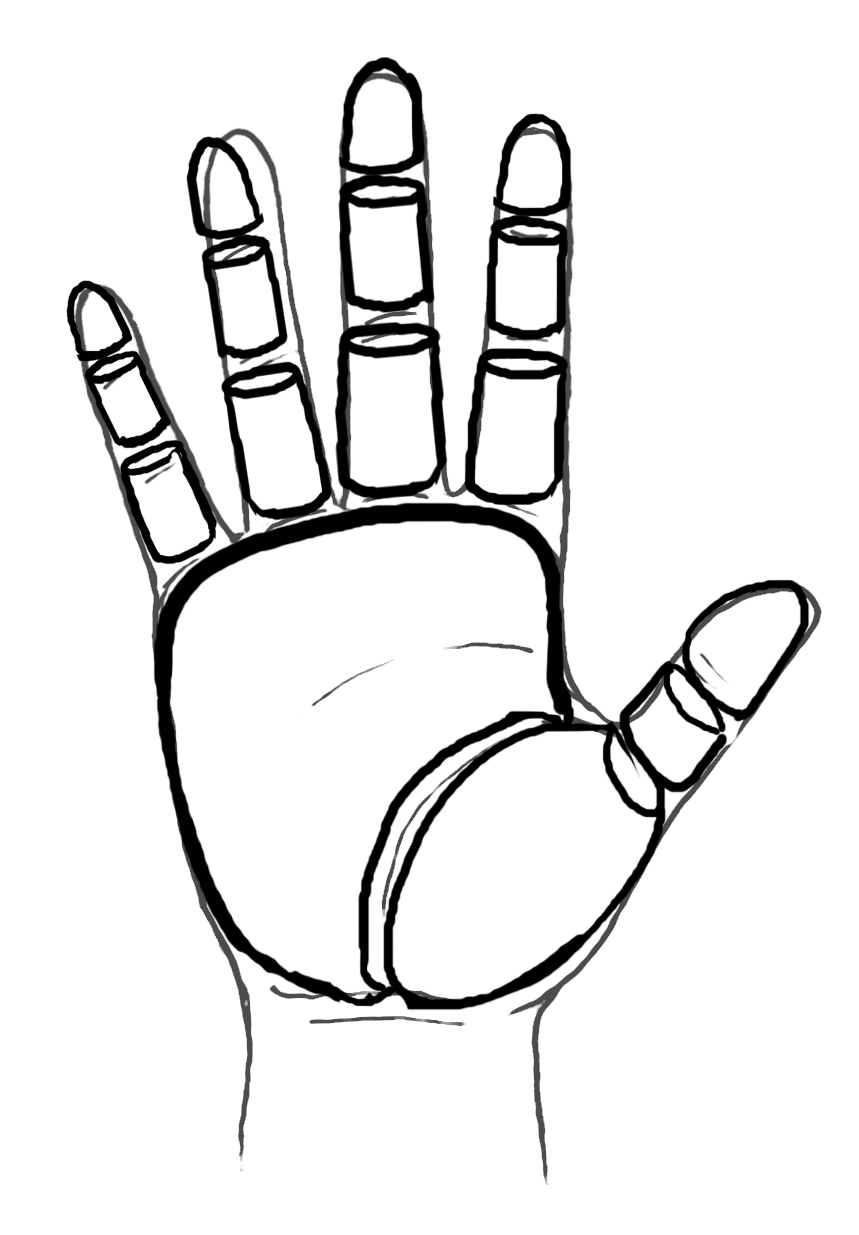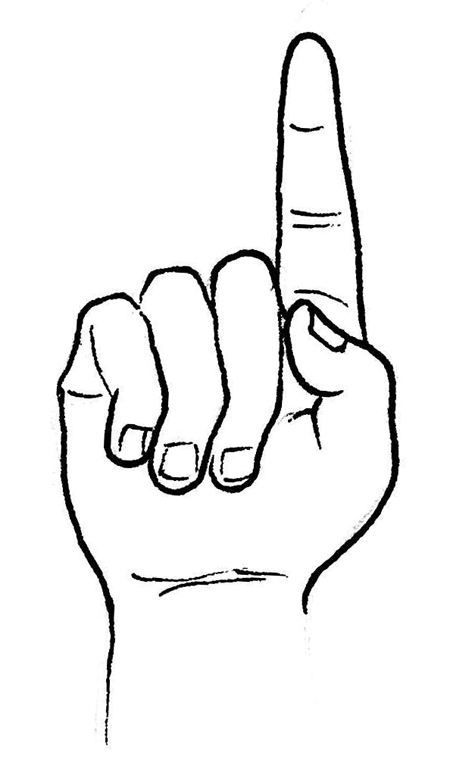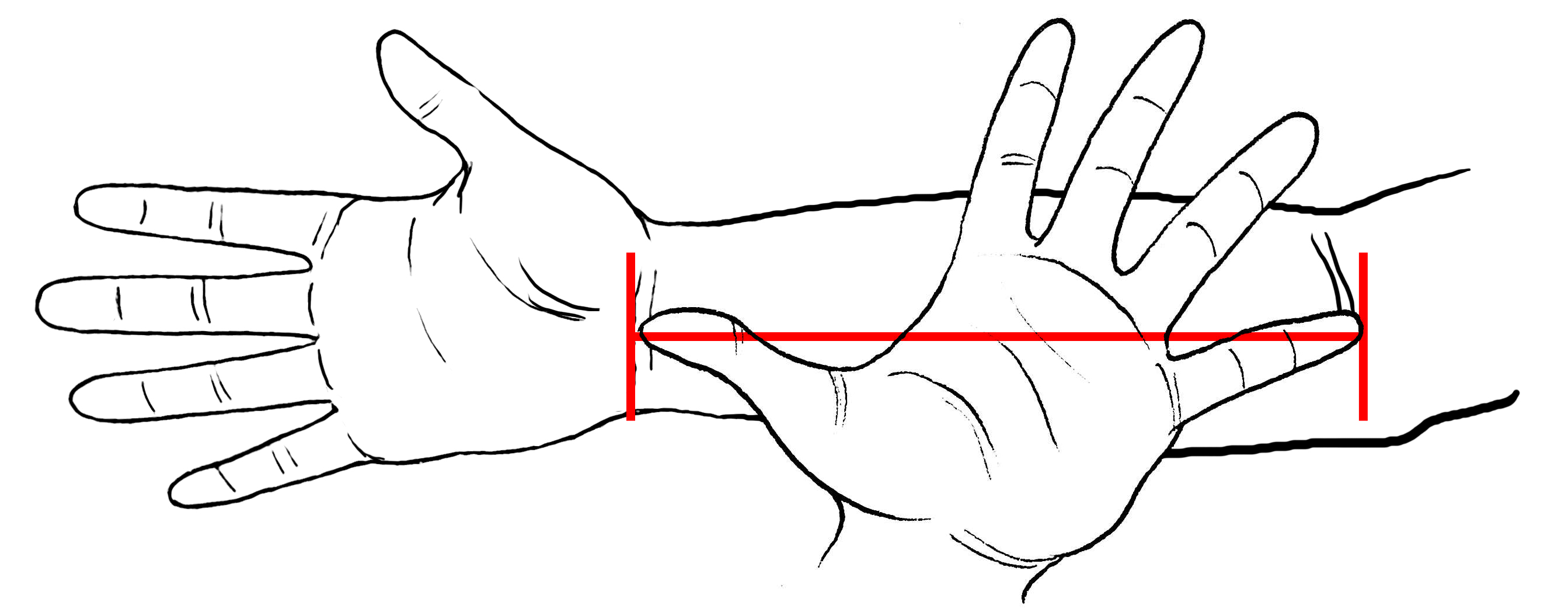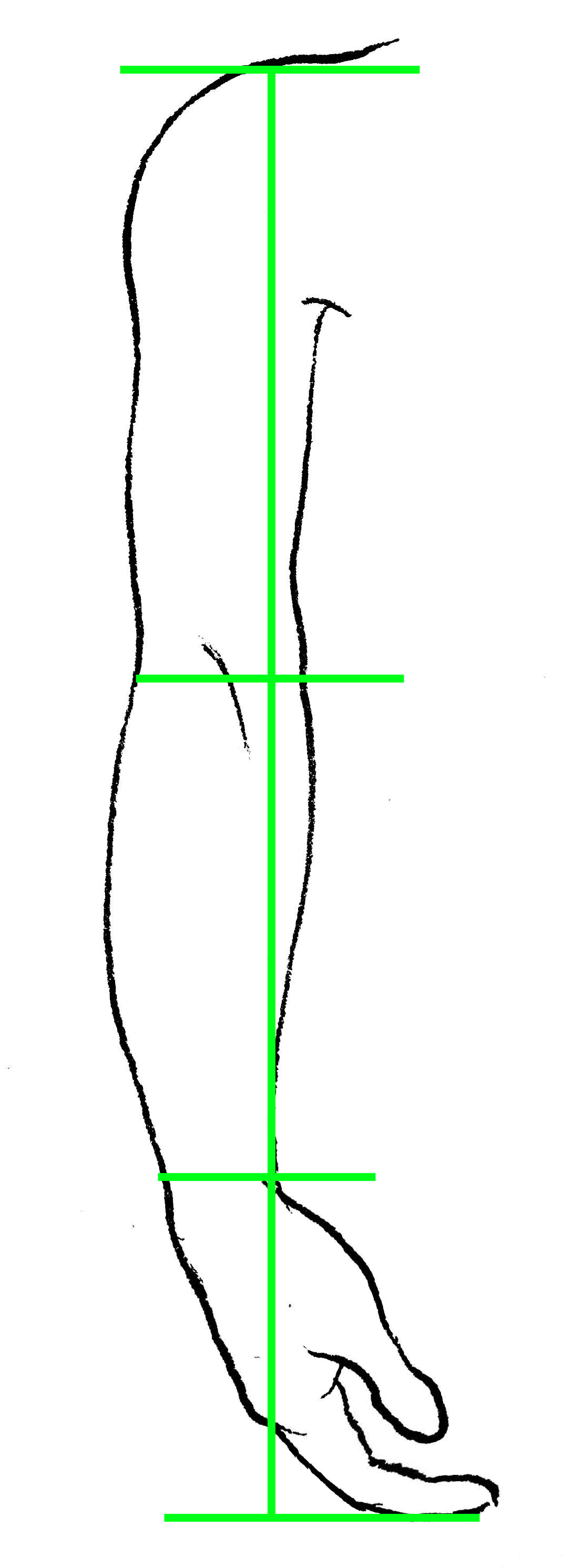If there is any other part of the human body that intimidates artists as much as facial features, it might be the hands. Drawing hands that look right can be a challenge, particularly because they are deceptively simple in construction. Five fingers and a palm can be shown in so many positions that it helps to understand a bit of the basic anatomy and proportions before beginning.
Here’s a guide to drawing hands to help you master this body part.
The great thing about drawing hands as opposed to faces is you always have a live model ready and willing to pose for you, and you don’t even need a mirror. But even when drawing your non-dominant hand, it helps to know some basics.

Albrecht Durer’s Praying Hands, 1508
To begin, familiarize yourself with where the hand moves.
One human hand has 29 individual joints and 34 different muscles! Each joint is a point of articulation — an area where individual bones can move independently of one another.
For drawing, it helps to think of the hand as having just a few major areas of articulation: the wrist, the base of the thumb, and the individual knuckles. The thumb has two knuckles and the rest of the fingers have three.
The drawing below shows the locations of these points of articulation.

While it might appear from looking at your own hand that the center of the palm contains a joint, what you are really seeing is the inside of the first knuckle joint at the base of the fingers. When all of the fingers move as a unit, it can seem like the palm bends in the middle. But if you hold up one finger, you can see that it’s not the palm at all, but the knuckle that is flexed.

The other major thing to consider when drawing the hand is the proportions, both within the hand, and between the hand and the arm.
First, let’s look at just the hand While your fingers might seem long and spindly, in fact, your palm is almost always longer than your fingers.

It’s also important to note just how far from the rest of the fingers the thumb really is. Even when held flat alongside the rest of the hand, the thumb only comes to about the base of the other fingers. This is because the base of the thumb is at the wrist, not the palm.
While this might sound like it’s intuitive information, thinking about this specifically whenever you have to draw a hand sight unseen can be very helpful.
Some other interesting tidbits about hand proportion:
When you spread your fingers, your hand is wider than it is long. In fact, its width is about the same as the distance between the inside of your elbow and your wrist.

While the hand is often bigger than we think it is, in length it’s only about two thirds the length of the distance from the elbow to the wrist, and about one quarter the length of the entire arm.

As with any subject, the most effective approach is observation and repetition. Learning about proportions is one thing, but applying that knowledge takes the most work. Take advantage of looking at your own hands, as well as resources like the works of the masters. There is no substitute for actually drawing when it comes to learning about art.

Drawing gives extra beauty promotes determination spirit. The head and feet are challenging to draw